Thailand, known for its lush landscapes, golden temples, vibrant street life, and rich cultural heritage, has been a staple on the global tourism map for decades. Yet, the country is no stranger to the adverse side effects of mass tourism: environmental degradation, overtourism, and cultural erosion. In recent years, however, Thailand has embraced a new approach beyond minimising harm. Regenerative tourism creates positive impacts, revitalises ecosystems, and strengthens local communities while preserving the nation’s unique heritage.
What is Regenerative Tourism?
Regenerative tourism, a step beyond sustainable tourism’s ‘no harm’ goal, actively seeks to ‘do good.’ It focuses on restoring ecosystems, improving biodiversity, and leaving destinations better. For Thailand, this means initiatives that support local cultures, enhance biodiversity and reinvigorate communities affected by past tourism impacts.
Crucially, tourists play a pivotal role in these initiatives, their active participation being a key factor in the success of the regenerative process.
The Power of Community-Driven Initiatives
Regenerative tourism’s core component involves local communities in decision-making and project execution. In the northern province of Chiang Mai, tourists can now participate in traditional rice farming, supporting both the agricultural landscape and local farmers.
This immersion provides travellers with a hands-on experience, financial support, and cultural appreciation for locals. In southern Thailand, similar efforts include mangrove reforestation projects, where tourists help plant trees and learn about marine ecosystems from community leaders. These initiatives benefit the environment and empower and uplift local communities, inspiring hope for a sustainable future.
In Buri Ram Province in northeastern Thailand, the Wetland and Sarus Crane Learning Center provides essential education about wetland conservation and the care of the majestic sarus cranes. It is also a complete ecotourism spot where everyone can learn about these nonmigratory birds. The centre has returned over a hundred cranes to nature, allowing this once-endangered species to thrive in its natural habitat and propagate.

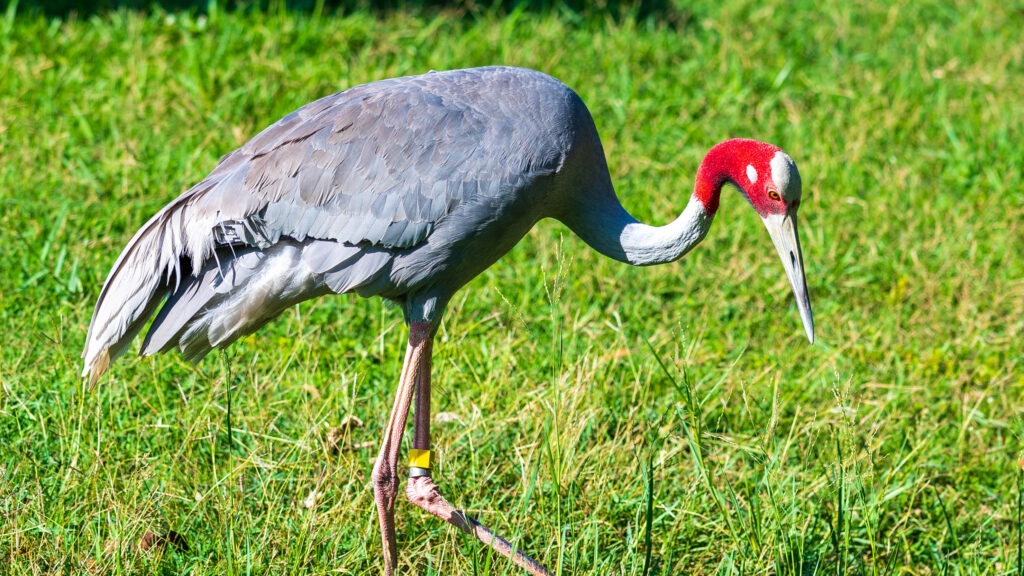
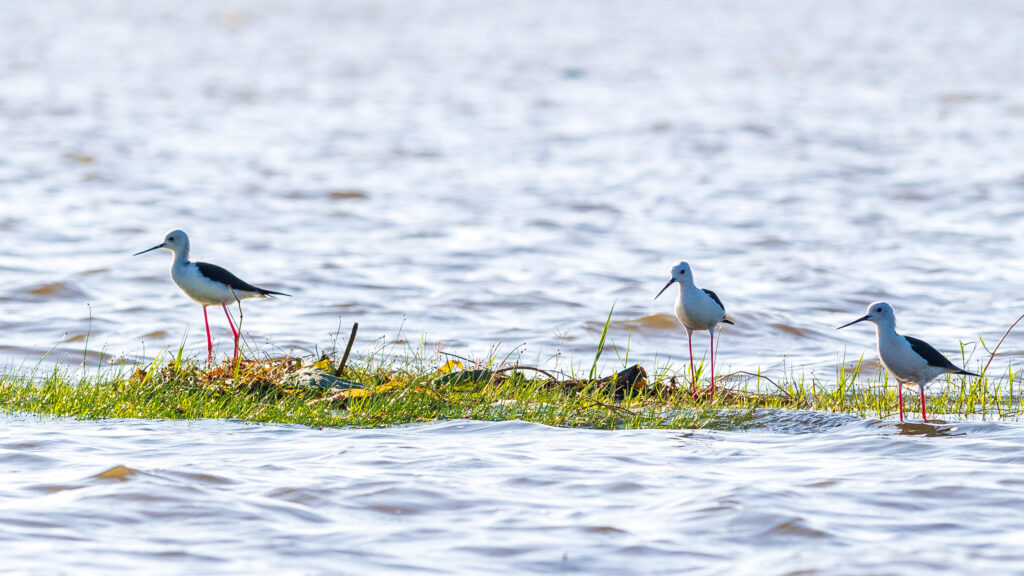
Visitors to the centre will see the birds’ daily lives and support efforts to protect them and the wetland that is their home.
Eco-Friendly Accommodations and Renewable Resources

Accommodation providers in Thailand are also redefining eco-friendly by focusing on regeneration. The luxury eco-lodge Soneva Kiri (now renamed Kiri Private Reserve) on Ko Kut is a prime example. This resort has a zero-waste policy and runs community-driven projects with local villagers. Many hotels and lodges are shifting to renewable energy sources, conserving water, and even creating educational programs that teach tourists about sustainable practices.
Empowering Local Artisans and Businesses
Another critical aspect of regenerative tourism in Thailand is promoting locally crafted products over mass-produced souvenirs. Local artisans who make textiles, pottery, and crafts are encouraged to work with the tourism industry, allowing travellers to purchase items that contribute to the local economy and honour traditional craftsmanship. Markets like Chiang Mai’s Sunday Walking Street Market emphasize these handmade goods, promoting a culture of “shopping local” and providing artisans with a sustainable income.
Rewilding and Wildlife Conservation Projects
In places like Khao Sok National Park, regenerative tourism aligns with conservation efforts to protect Thailand’s unique wildlife. Conservation programs invite tourists to learn about and contribute to elephant preservation, coral reef restoration, and protection of endangered species, such as the dugong and the Irrawaddy dolphin. Activities range from coral planting in the Andaman Sea to monitoring wildlife populations in protected areas.
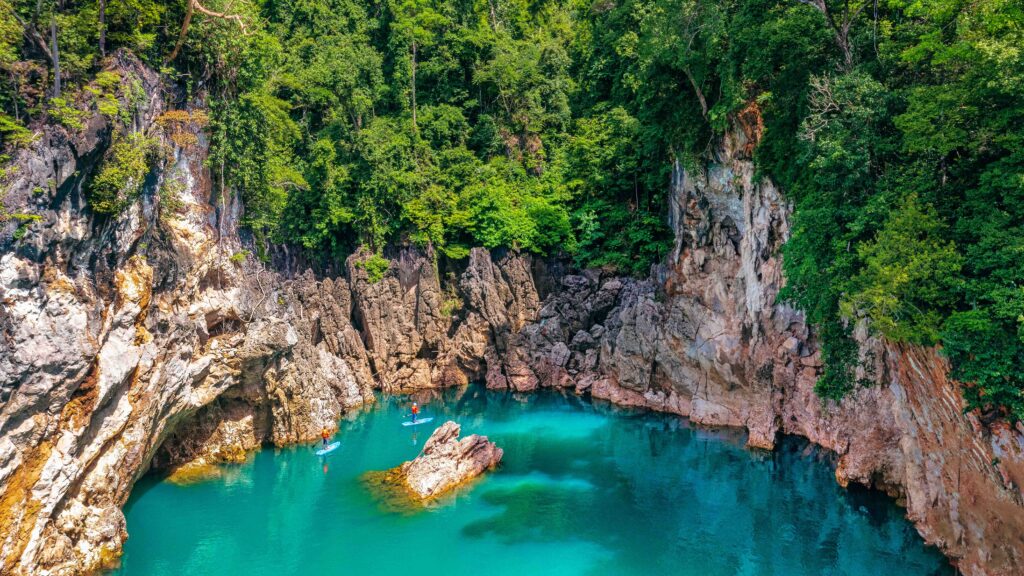
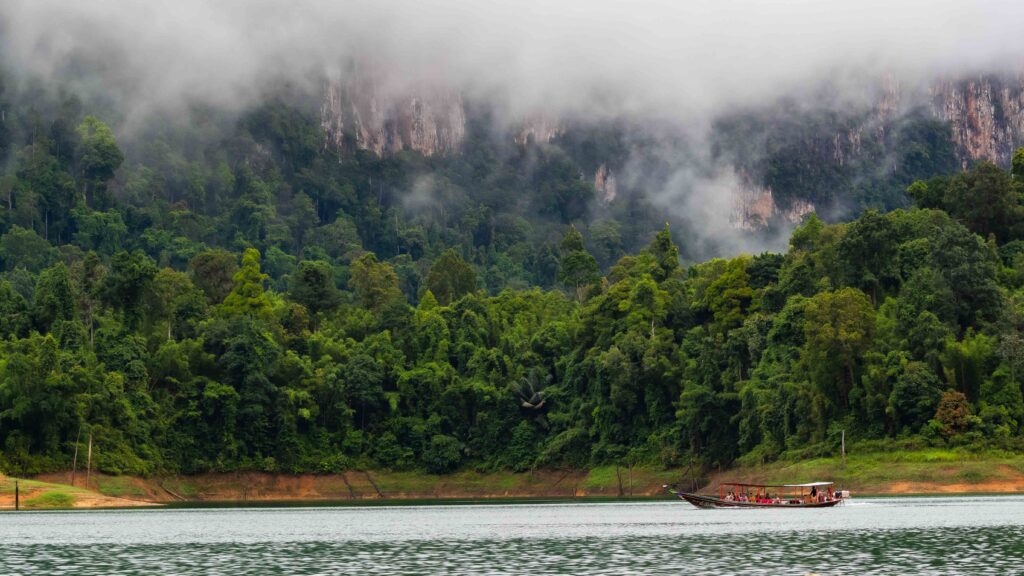
Education as a Pillar of Regeneration
Regenerative tourism places a strong emphasis on educating tourists about the cultural and environmental significance of their travel. Initiatives like TAT’s 7 Greens encourage travellers to venture off the beaten path and engage in low-impact activities such as homestays and farm-to-table meals. Additionally, educational programs about the local ecosystems and traditions are instrumental in cultivating a sense of stewardship among tourists, making them more informed and aware of their impact on the environment and local communities.
Success Stories and Looking Ahead
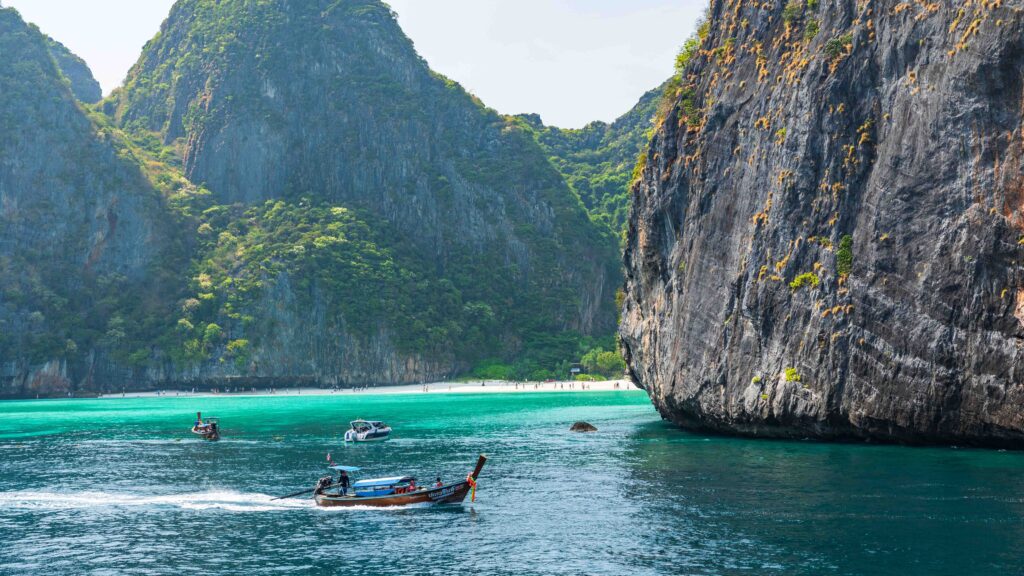
Thailand has already seen positive impacts from regenerative tourism, particularly in areas previously overwhelmed by visitors, such as Maya Bay on Ko Phi Phi Le. Once closed to allow coral reefs to recover, Maya Bay now limits daily visitors and prohibits swimming to ensure continued rehabilitation of its ecosystem. These success stories inspire hope and a sense of progress, showing that regenerative tourism is not just a concept, but a reality in Thailand.
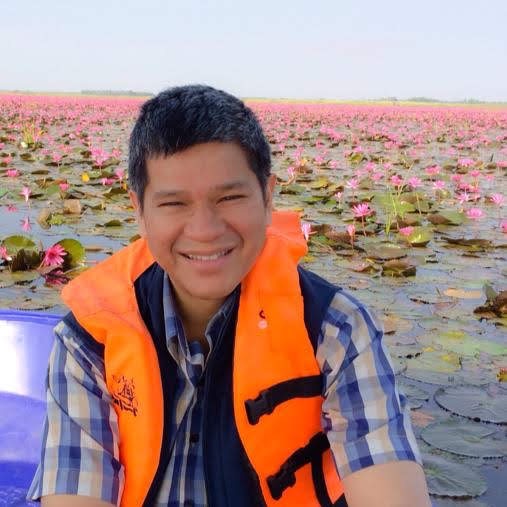
About the Author
“Frequent foodie and occasional craftsman of travel stories, Chattan Kunjara Na Ayudhya (Chat) draws on his nearly 4 decades of promoting Thailand’s tourism industry to highlight everything from world-class attractions to hidden gems. When not writing stuff, he makes it a mission to catch rom-coms and DC superheroes whenever they show up in theaters.”
The post Regenerative Tourism in Thailand Inspires Visitors to Leave Positive Impact appeared first on TAT Newsroom.
from TAT Newsroom https://ift.tt/SOuIfRy
No comments:
Post a Comment